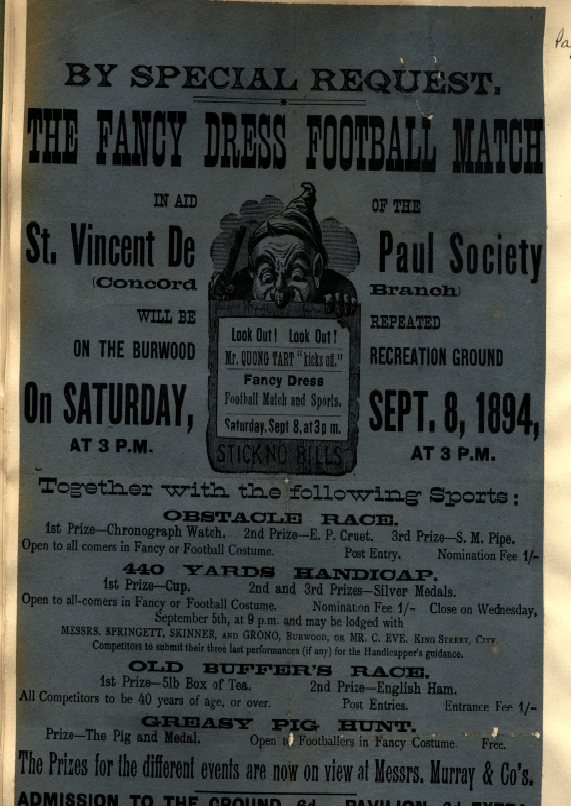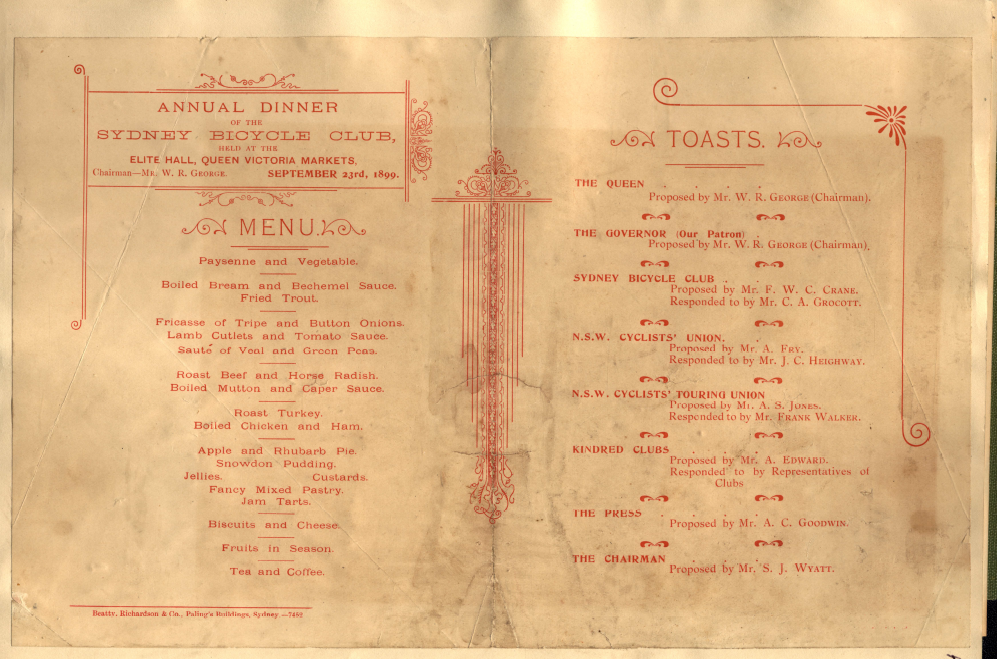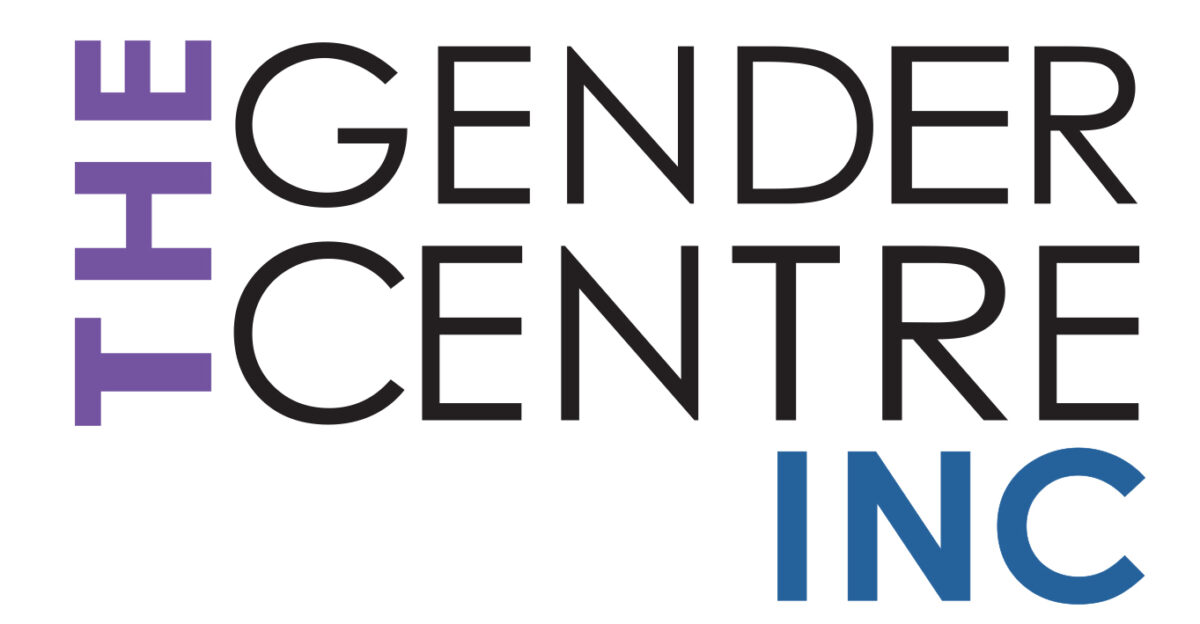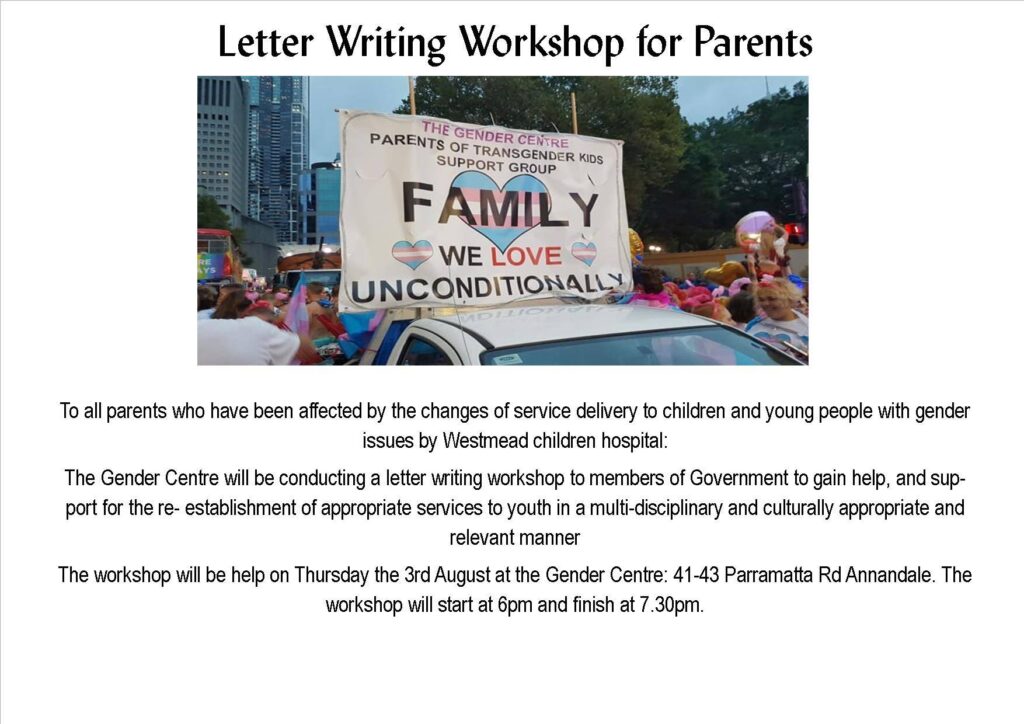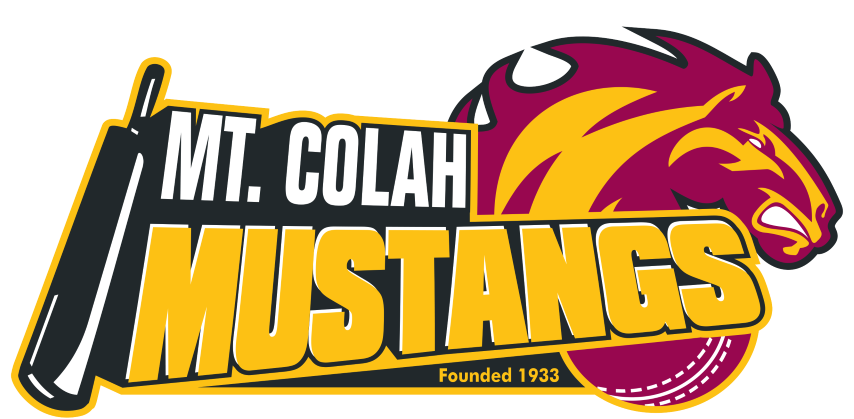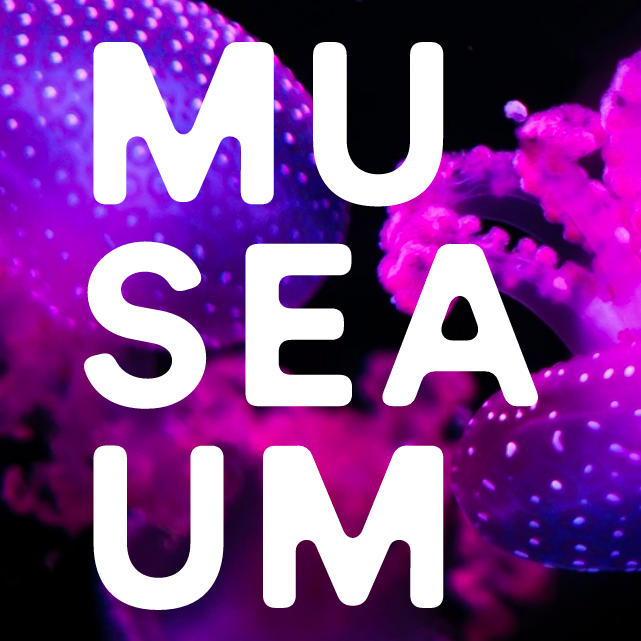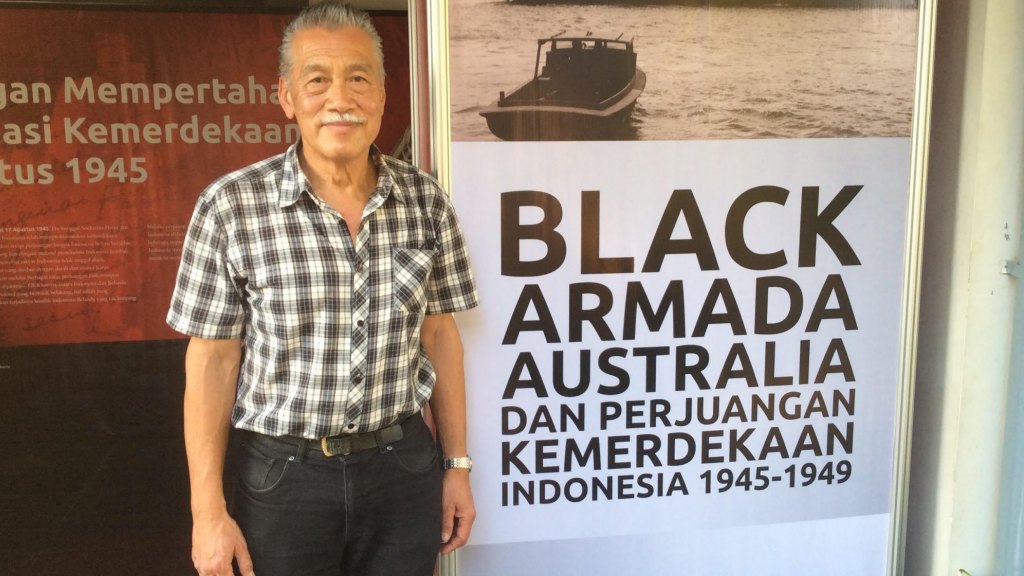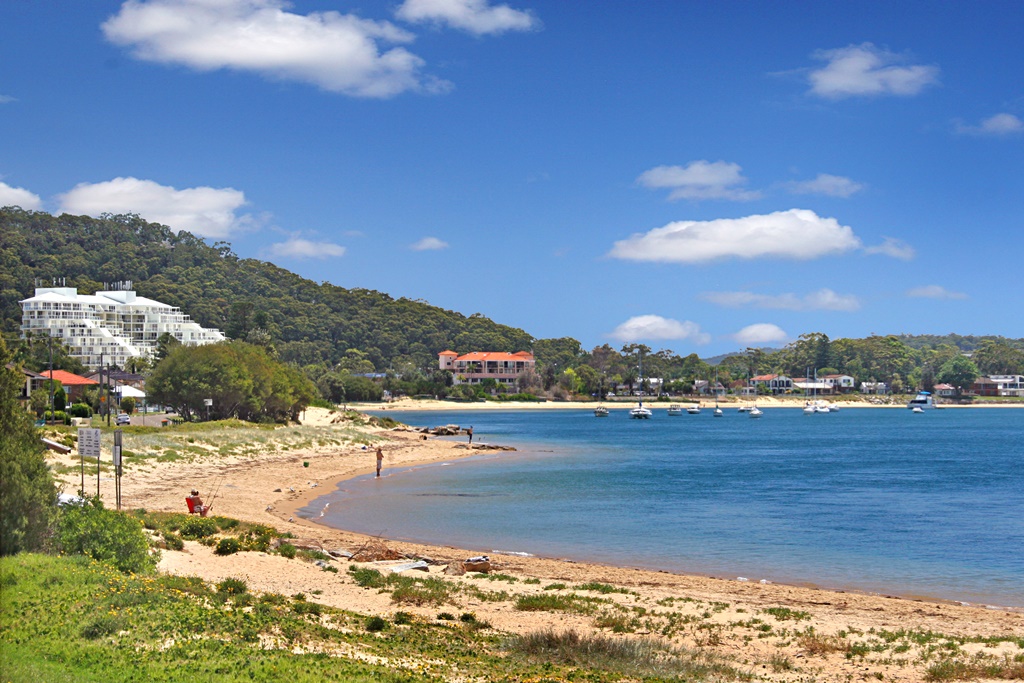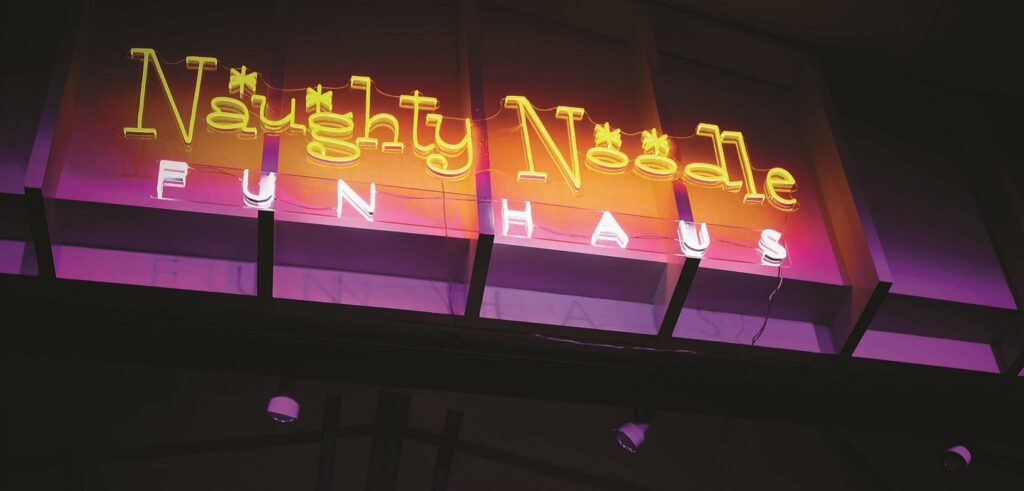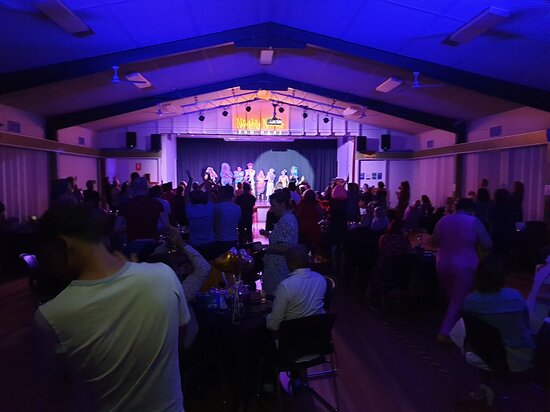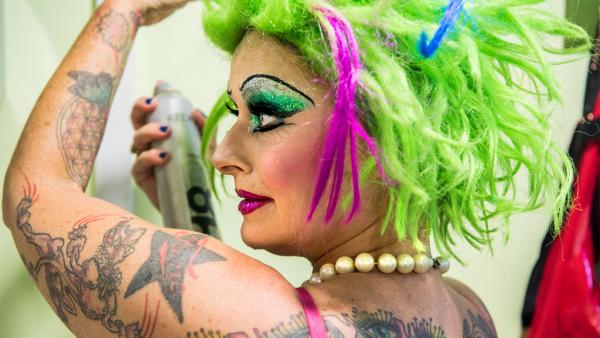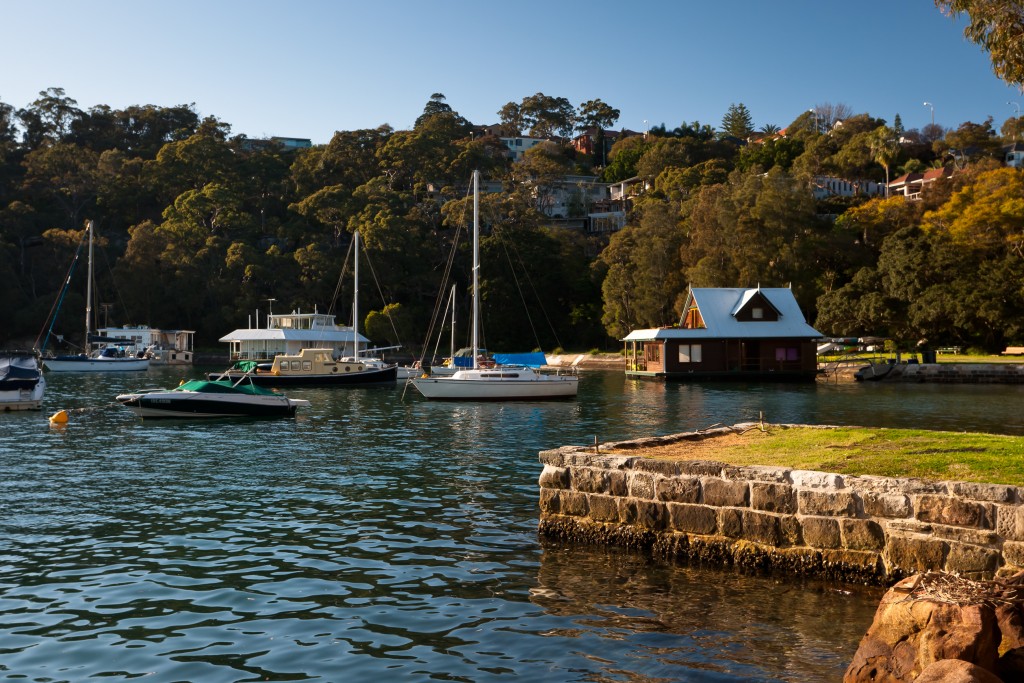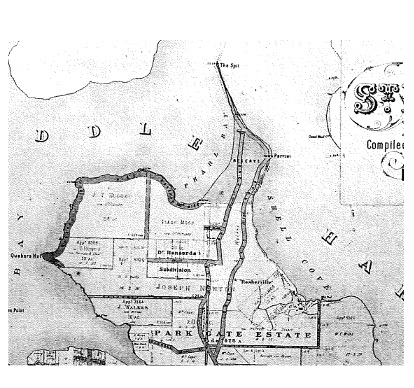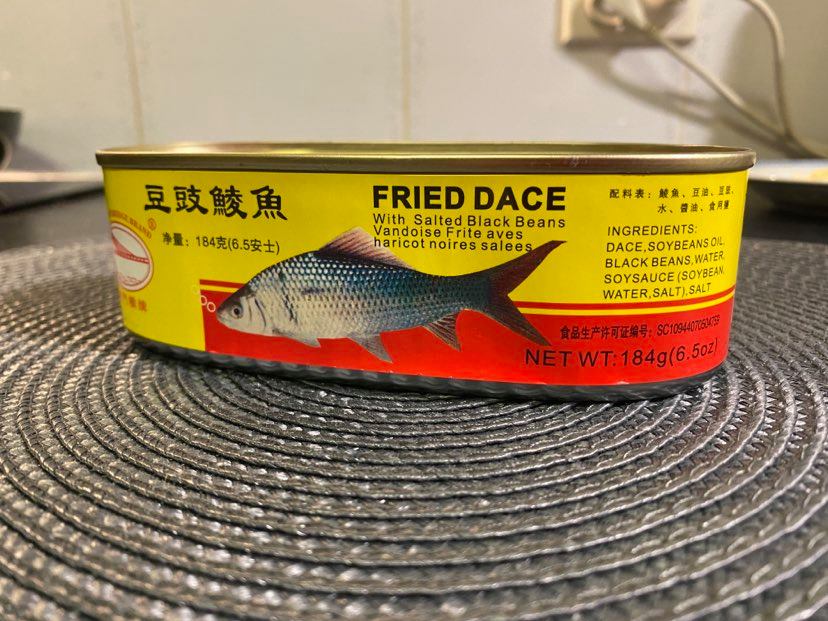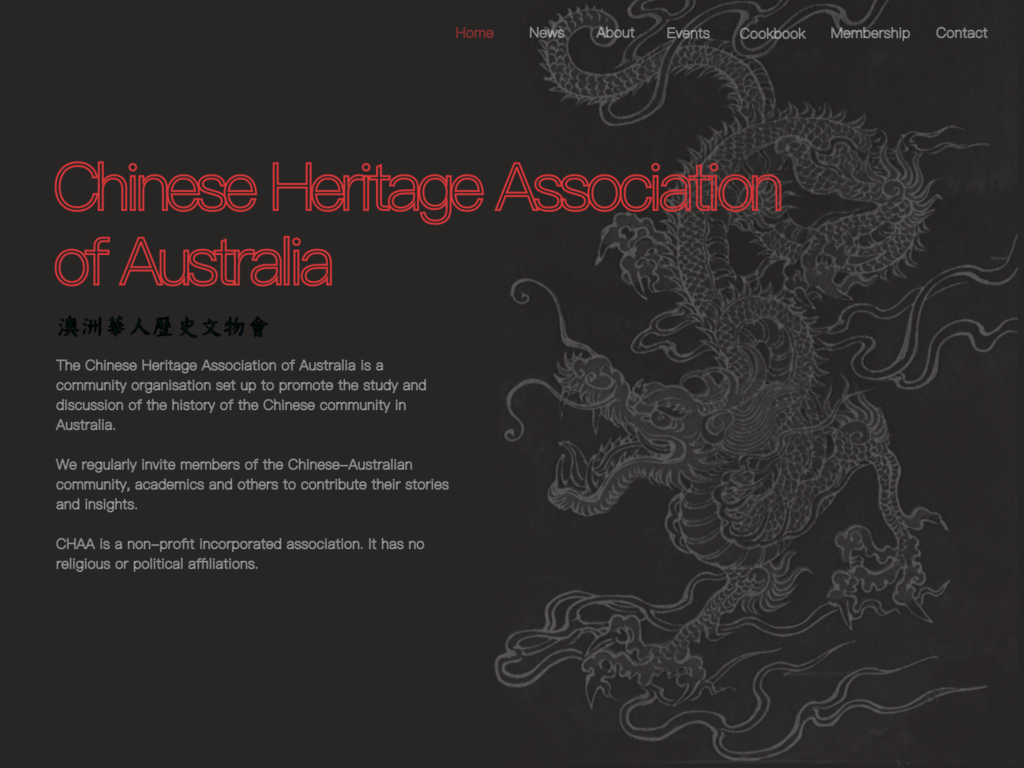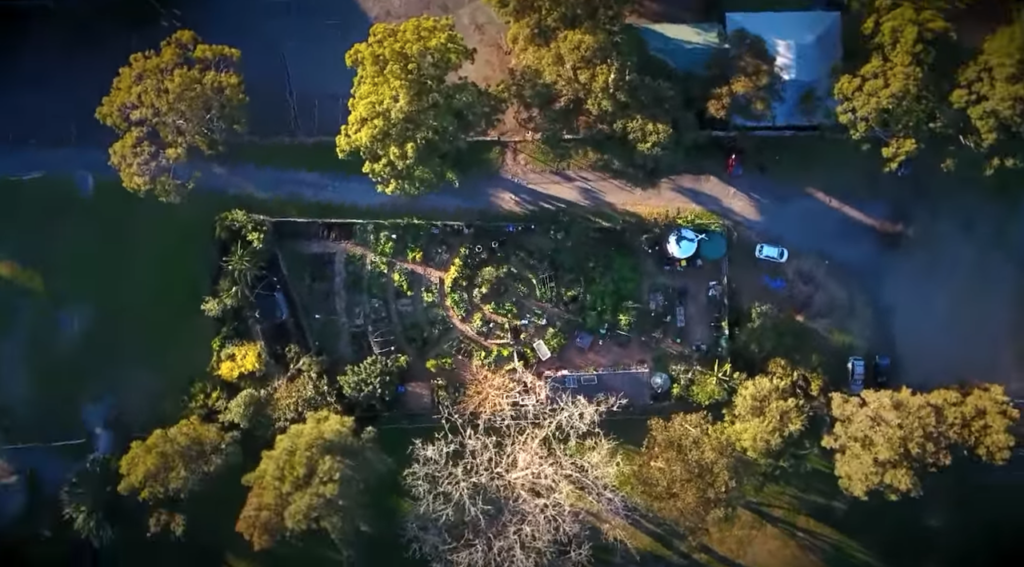My name is Caitlin Williams and I’m going to be working with the Society of Australian Genealogists to create an online exhibition highlighting the rich collection of ephemera that relates to the social life of Mr. Quong Tart, a Chinese Australian businessman who lived in Sydney in the late 19th and early 20th century.
The Society of Australian Genealogists (SAG) supports the education and research of amateur and professional family historians. They run regular seminars and workshops on conducting research with digital and well as physical records, and also provide certificates and diplomas in genealogy. The SAG also has its own archives, which is where the Tart collection is held. I have been working closely with Dr. James Findlay, the SAG archivist to develop my project for HSTY3902.
Mr. Tart was a unique figure in 19th century Sydney, who appears to have gained social acceptance amongst the middle class whilst remaining a strong advocate for Chinese market gardeners and other Chinese labourers in Sydney. He appears to have been a popular figure and taking on formal roles at many social events- singing Scottish ballads (his wife Margaret was Scottish), giving addresses and toasts, and even “kicking off” at a fancy dress soccer match! I plan on mounting a digital exhibition of the invitations to social events Mr. Tart attended or presided over. The scrapbook which was created by Margaret contains various invitations has been digitised and indexed by the SAG archivist and their dedicated volunteers. This gives the SAG an opportunity to promote the depth of their collection and potentially meet new audiences online. The volunteers have also created an index of the names of attendees and performers who appear on the invitations to these social events- a valuable source of information for genealogists.
The challenge that is posed by this collection is that it primarily textual, without strong visual appeal (photos, illustrations, objects, etc). I am using the exhibition platform Omeka to display the scrapbooks and physically map the location where social gatherings took place. I’m hoping that the map will be a visually appealing introduction to these scrapbooks, and perhaps encourage curiosity about the social world of Sydney in centuries past. Omeka needs a lot of metadata to work effectively and I’ve spent quite a bit of time already getting to grips with is tagging and metadata features to ensure researchers can easily uncover the wealth of historic data that is stored in these invitations. I have work experience in libraries, and while I’ve not had full reign over designing an exhibition from the ground up, I’m enjoying the challenge so far and am confident I can produce a good outcome for the SAG. I’ve really enjoyed brainstorming ideas for the exhibition with Dr. Findlay over zoom. With the COVID-19 restrictions easing in Sydney, I’m also allowed to go visit the archives to see the scrapbooks and some family photographs of the Tarts in person next week!
